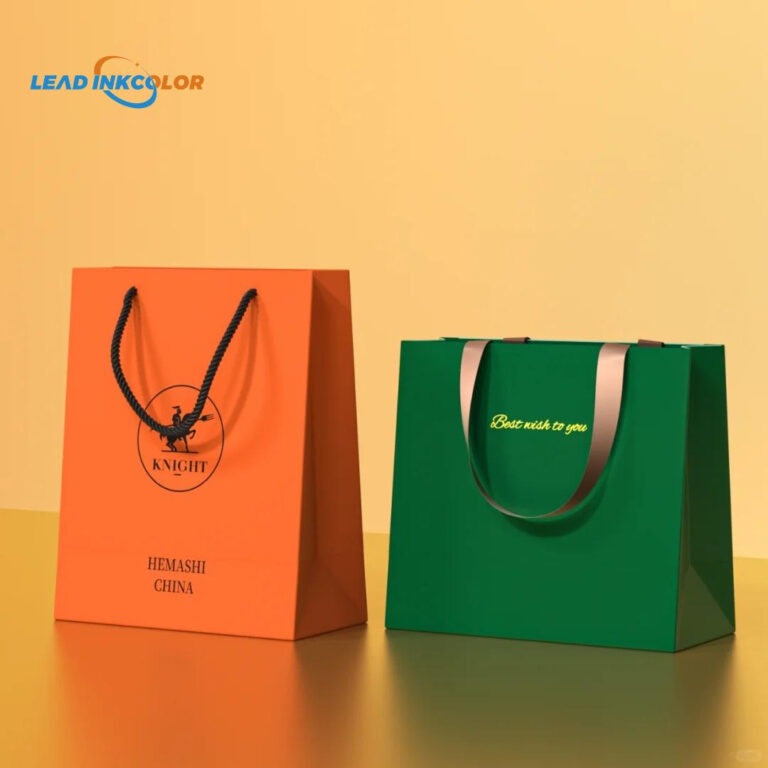-
home dongguan Houjie Industrial Park

Quality Control and Inspection
[ad_1]
Quality Control and Inspection: Ensuring High-Quality Products
Quality control and inspection are crucial steps in the production process that ensure the products meet the desired standards of quality, safety, and performance. In this article, we will delve into the importance of quality control and inspection, the different types of inspections, and the benefits of implementing effective quality control measures.
In today’s competitive market, consumers expect high-quality products that meet their needs and expectations. Quality control and inspection help to identify defects and non-conformities in the production process, ensuring that products are reliable, durable, and safe for use. A company that fails to implement effective quality control measures may face penalties, loss of reputation, and even lawsuits.
The first step in ensuring quality control is to establish a quality management system (QMS). A QMS is a set of policies, procedures, and processes that outline the organization’s commitment to quality and continuous improvement. The QMS should cover all aspects of the production process, from design and development to manufacturing and delivery.
There are several types of inspections that can be performed, including:
- In-process inspection: This type of inspection is performed during the production process to ensure that the product meets the required standards. In-process inspections can include visual inspections, dimensional checks, and testing of materials.
- Final inspection: This type of inspection is performed at the end of the production process to ensure that the product meets the required standards and is ready for delivery.
- Random inspection: This type of inspection is performed randomly during the production process to ensure that the product meets the required standards and to identify any defects or non-conformities.
- Special inspection: This type of inspection is performed for specific products or components that require additional testing or inspection, such as equipment or machinery.
In addition to these types of inspections, there are also several quality control measures that can be implemented, including:
- Quality planning: This involves identifying the quality requirements of the product and developing a plan to ensure that the product meets those requirements.
- Design review: This involves reviewing the design of the product to ensure that it meets the required standards and is safe for use.
- Process control: This involves controlling the production process to ensure that the product is manufactured correctly and meets the required standards.
- Quality assurance: This involves verifying that the product meets the required standards and is safe for use.
The benefits of implementing effective quality control measures include:
- Improved product quality: Quality control measures help to ensure that products are reliable, durable, and safe for use.
- Reduced defects: Quality control measures help to identify and correct defects early in the production process, reducing the likelihood of defects and improving overall product quality.
- Increased customer satisfaction: Products that meet the required standards and are safe for use are more likely to satisfy customers’ needs and expectations.
- Reduced costs: Implementing effective quality control measures can reduce the costs associated with defects, recalled products, and damaged reputation.
Conclusion
Quality control and inspection are essential steps in the production process that ensure high-quality products. By establishing a quality management system, performing various types of inspections, and implementing quality control measures, companies can ensure that their products meet the required standards and are safe for use. In today’s competitive market, implementing effective quality control measures is crucial for companies to maintain a positive reputation, increase customer satisfaction, and reduce costs.
FAQs
Q: What are the benefits of implementing quality control measures?
A: The benefits of implementing quality control measures include improved product quality, reduced defects, increased customer satisfaction, and reduced costs.
Q: What types of inspections are there?
A: There are several types of inspections, including in-process inspection, final inspection, random inspection, and special inspection.
Q: What is quality planning?
A: Quality planning involves identifying the quality requirements of the product and developing a plan to ensure that the product meets those requirements.
Q: Why is design review important?
A: Design review is important because it involves reviewing the design of the product to ensure that it meets the required standards and is safe for use.
Q: What is quality assurance?
A: Quality assurance involves verifying that the product meets the required standards and is safe for use.
Q: Why is process control important?
A: Process control is important because it involves controlling the production process to ensure that the product is manufactured correctly and meets the required standards.
[ad_2]







